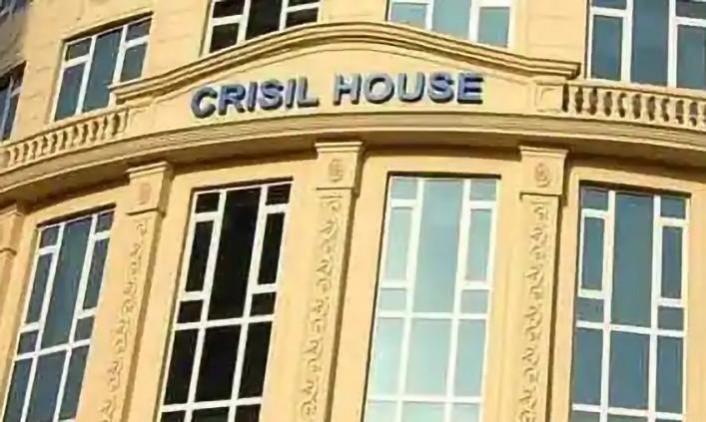Even as central banks are expected to slow their pace of rate hikes in 2023, financial conditions are expected to remain tight, said CRISIL Ltd on Monday.
In a report, the credit rating agency said the financial conditions are expected to be tight due to the US Fed's policy rates at a decadal high in 2023 despite the looming recession. S&P Global expects the Fed policy rate to peak at 5-5.25 per cent in April-June 2023, with rate cuts only towards the end of the year.
The US Fed's policy rate remaining higher than in the past decade will keep global financial conditions tight and maintain pressure on capital flows.
That apart, the real repo rate will be on a rising trend, as inflation continues to moderate. The Reserve Bank of India (RBI) is expected to remain wary of easing its policy stance in its upcoming policy meeting, given that core inflation remains sticky, CRISIL said.
Liquidity conditions will also not return to surplus as seen in the pandemic years, which will maintain fundamental pressure on domestic interest rates.

Thirdly, borrowing costs for the broader economy will continue to rise, given the pending transmission of the RBI's rate hikes. This is likely to have some impact on the growth prospects of the Indian economy in the next fiscal as well.
According to CRISIL, the transmission of the RBI's rate hikes is still in progress, leading to a steady rise in bank lending and deposit rates. Key bank lending rates reached close to the pre-pandemic five year average in December. Credit growth moderated, albeit remaining at a decadal high.
Since the start of the RBI's rate hike cycle, the repo rate has increased 225 basis points (bps), while housing loan rates have increased 218 bps, auto loan rates 155 bps, and deposit rates 133 bps, CRISIL said.
According to CRISIL, domestic financial conditions were broadly stable in December 2022 relative to the previous month, as per its Financial Conditions Index (FCI) shows. The FCI value printed -0.1 in December, same as the previous month.
A negative value suggests that financial conditions are marginally tight compared with the long-term average (since 2010), but a mild negative number suggests the index is in the comfort zone.
Broadly, global cues contributed to easing of financial conditions, while domestic cues lent tightness. Falling international crude oil prices and easing dollar index augured well for Indian debt and equity markets, CRISIL said.
(WIth inputs from IANS)

















